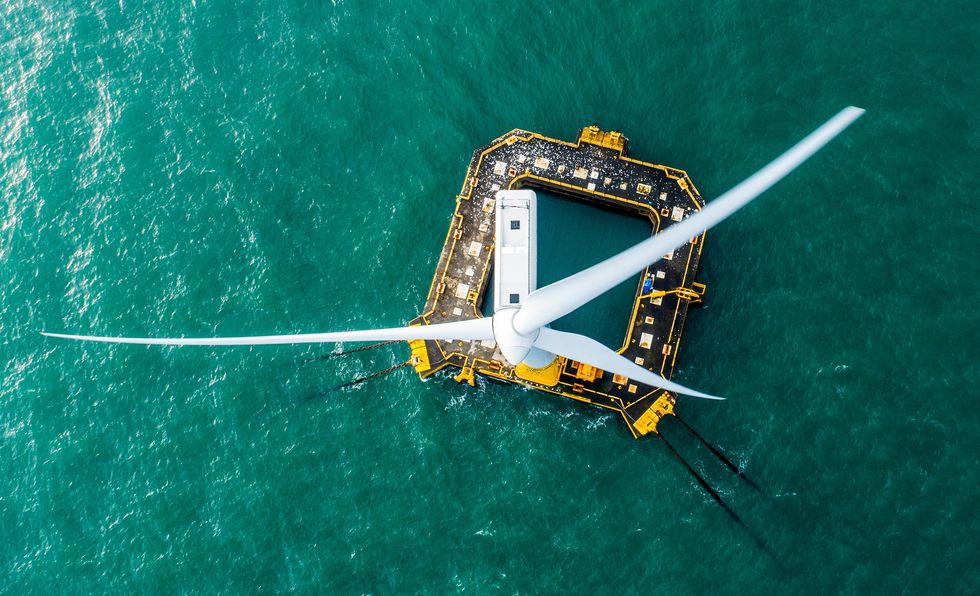
Fatty Liver illustration and micrograph.
Women with long or irregular periods are known to have a higher risk of type 2 diabetes and heart disease, but researchers found these women may also be at risk for nonalcoholic fatty liver disease (NAFLD), according to a new study published in the Endocrine Society’s Journal of Clinical Endocrinology and Metabolism.
About 24% of U.S. adults have NAFLD, a chronic disease in which excess fat builds up in your liver. This buildup of fat is not caused by heavy alcohol use. NAFLD can progress to chronic liver damage and is associated with a higher risk of death. Diet and exercise are the standard of care for NAFLD as no medicines have been approved to treat the disease.
“Our study results show that long or irregular menstrual cycles may be associated with an increased risk of developing NAFLD, and this link was not explained by obesity,” said Seungho Ryu, M.D., Ph.D., of the Center for Cohort Studies, Total Healthcare Center, Kangbuk Samsung Hospital, Sungkyunkwan University School of Medicine in Seoul, South Korea. “Previous studies have shown that long or irregular menstrual cycles are associated with type 2 diabetes and cardiovascular disease, but our study is the first to find a link between long or irregular menstrual cycles and NAFLD.”
The researchers studied a data set of 72,092 women under 40 years old. About 28% of these women had long or irregular menstrual cycles, and 7% had NAFLD. The researchers followed up four years later and found new cases of NAFLD occurred in almost 9% of the women. The researchers concluded that there was an association between long or irregular menstrual cycles in young, premenopausal women and an increased risk of NAFLD.
“Young women with long or irregular menstrual cycles may benefit from lifestyle changes to reduce the risk of NAFLD as well as other cardiometabolic diseases,” Ryu said.
Reference: “Long or Irregular Menstrual Cycles and Risk of Prevalent and Incident Non-Alcoholic Fatty Liver Disease” by In Young Cho, Yoosoo Chang, Jae-Heon Kang, Yejin Kim, Eunju Sung, Hocheol Shin, Sarah H Wild, Christopher D Byrne and Seungho Ryu, 3 March 2022, The Journal of Clinical Endocrinology & Metabolism.
DOI: 10.1210/clinem/dgac068
Other authors of this study include: In Young Cho, Yoosoo Chang, Jae-Heon Kang, Yejin Kim, Eunju Sung and Hocheol Shin of Kangbuk Samsung Hospital, Sungkyunkwan University School of Medicine in Seoul, South Korea; Sarah Wild of the University of Edinburgh in Edinburgh, U.K; and Christopher Byrne of the University of Southampton and the University Hospital Southampton in Southampton, U.K.
The study received funding from Sungkyunkwan University and the Southampton NIHR Biomedical Research Centre.
Note: This article have been indexed to our site. We do not claim legitimacy, ownership or copyright of any of the content above. To see the article at original source Click Here













